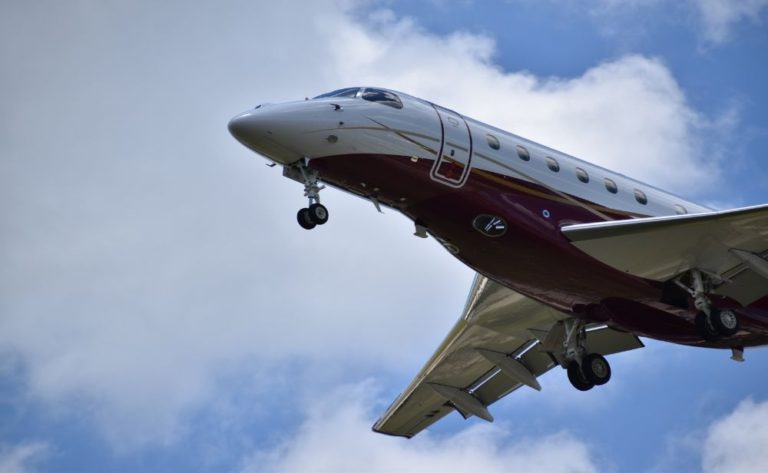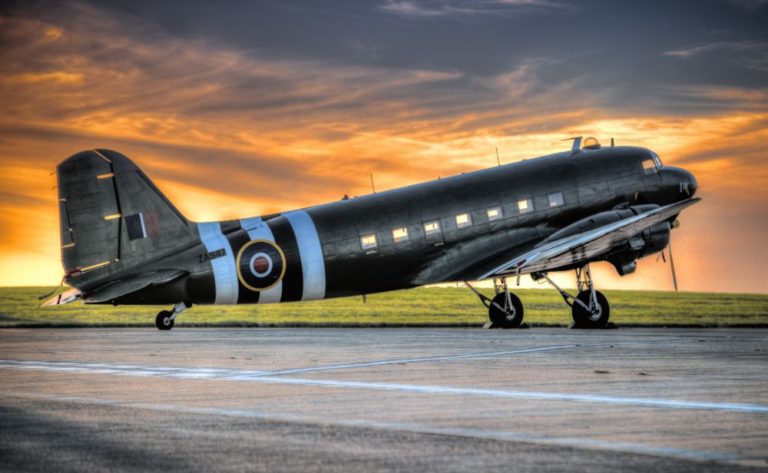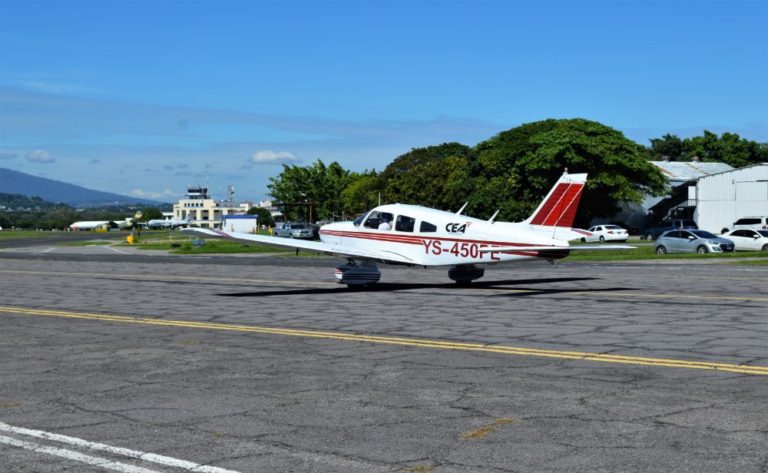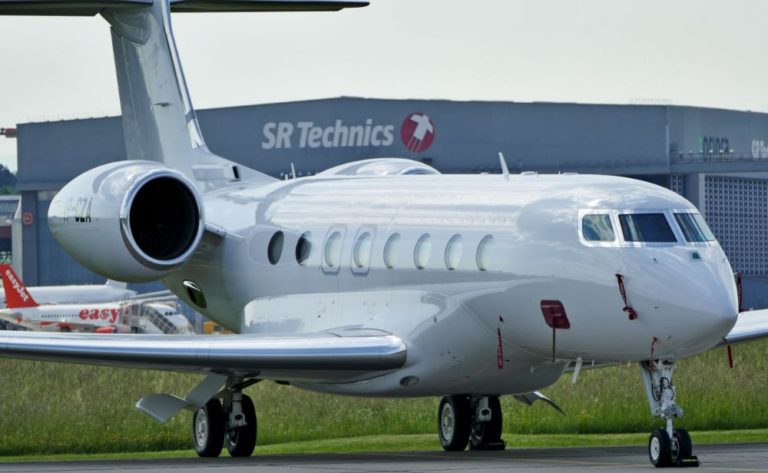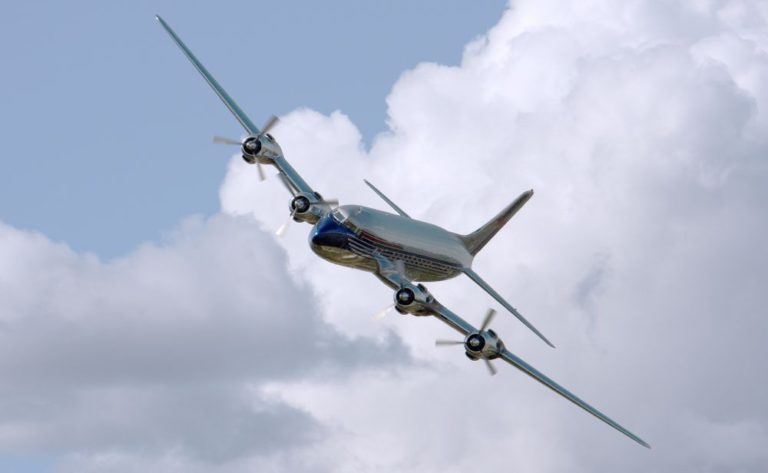Dassault Falcon 7X Review

The Dassault Falcon 7X belongs to an exclusive group of ultra-long-range business jets since it has a range that is capable of reaching a maximum of 5,950 nautical miles. Dassault Aviation, a French aerospace firm that is known for its great military and civilian aircraft, is the manufacturer of the 7X, which is known for its luxury, efficiency, and sophisticated design.
As part of this airplane evaluation, we are going to take an in-depth look at the Falcon 7X, examining its technical specs, design options, technological capabilities, investment costs, and more.
Taking a Quick Look at the Falcon 7X
The layout of the Cockpit
Dassault claims that the EASy flight deck featured on the Falcon 7X “transformed the way pilots fly business aircraft.” [Citation needed] In point of fact, when Dassault first introduced the Falcon 7X to the market, the company was a pioneer in the use of an independent side-stick in the style of jet fighters to control the aircraft. This was done in place of the more conventional — and space-consuming — control column and yoke design. And the jet fighter-inspired design doesn’t stop there: the Falcon 7X is the first business jet in the world to be equipped with a Digital Flight Control System, which is designed to allow for more precise handling, reduce pilot workload, and mitigate the effects of turbulence. This innovation was made possible by the fact that the Falcon 7X is the first business jet in the world to be equipped with a Digital Flight Control System.
Either the EASy II or the EASy II+ is installed in more recent models of the Falcon 7X by Dassault. These flight decks represent the latest generation of Dassault’s EASy flight deck and incorporate the company’s tried-and-true avionics platform as well as their navigational capabilities, including the Honeywell Primus Epic System.
Many people believe that the cockpit of the Falcon 7X is one of the cleanest and most attractive cockpits of any business jet that is currently available on the market today. This is due to the fact that the layout of the cockpit is spacious, the seats are lined with Sherpa, and the design is simple with three large display units.
Cabin Design
When it was first unveiled, the Falcon 7X boasted the widest and most spacious cabin of any and all Dassault aircraft, with a ceiling height of 6 feet 2 inches and a wall-to-wall width of 7 feet 8 inches. Dassault entered a new era with the introduction of the Falcon 7X, an era that was distinguished by an increased emphasis on ergonomics, cabin noise reduction, and custom cabin design. This new era, once again, assisted in establishing Dassault as a formidable competitor in the production of private and business aircraft.
Passengers will have to walk through the galley in order to board the Falcon 7X. The galley is normally outfitted with a big stone countertop, fittings made of brushed metal, a full sink, and other amenities. The galley is equipped to handle anything from simple refreshments and appetisers to elaborate banquets consisting of multiple courses.
In the area directly opposite the galley, there is enough room to accommodate a full-sized crew area, which provides additional crew members with a place to rest during extended flights. In addition, there is a front lavatory for use by the pilots and other crew members within the kitchen area, which may be separated from the rest of the main cabin by a sliding door.
The Falcon 7X is divided into three distinct areas and offers guests a number of different floorplan configurations to choose from. It has the capacity to carry anywhere from 12 to 16 persons. In order to best serve the objectives of our analysis, we will examine the conventional layout of the floorplan.
In the first area there are four executive seats that can be adjusted for optimal ergonomics and are set club-style around foldable sidewall tables. Passengers who have flown on Falcons of a previous generation will quickly be able to observe how much more open and bright the main cabin is. This is due to the fact that the Falcon 7X has 28 huge windows, which are 40% bigger than the windows on prior Falcon models.
In the second area, there is seating arranged in a conference-style, so passengers may hold business meetings, catch up on work, or eat together at an electronic table that folds up into a hi-lo configuration. A sidewall credenza and lower cabinets provide additional storage and are located opposite the seating area.
The four seats in the second zone, which are slightly narrower than the club seats in the first zone, can be converted into beds in order to create an additional sleeping area that is suitable for overnight travel. This is done in order to accommodate passengers who are travelling for more than one day.
The third area of the aeroplane is a stateroom that is located toward the back of the craft. It has two divans that can be made into beds and is located in this area. In each of the three zones, there is a unique climate control, giving each passenger the ability to customise their ideal temperature for optimal relaxation.
After passing through the third and final zone, passengers will arrive at the aft lavatory, which features elegant finishes like as polished glass, brushed aluminium, and other high-end materials to create an environment reminiscent of a high-end spa. The aft lavatory even has the potential to feature a shower as an additional installation option.
Finally, there is a full-length wardrobe in the baggage compartment, which is located at the very rear of the aircraft.
Dassault offers its customers a diverse selection of design choices, despite the fact that many of the company’s conventional designs are quite popular. Buyers have the ability to personalise the 7X’s layout, colour scheme, and materials, as well as other aspects of the product, with the assistance of Dassault’s in-house team of designers, cabinetmakers, and technicians by using the proprietary CATIA design engineering software.
Technology
The cabin of the Falcon 7X is just as technologically advanced as the cockpit, and it comes equipped with features such as improved cabin connectivity, office-in-the-sky access, a climate control system, acoustics technology, an HD entertainment system, and user-friendly controls for cabin management.
Dassault is well-known for its pioneering spirit, and the Falcon 7X lives up to that reputation: It was the first business aircraft to be built digitally and to use digital flight controls. Additionally, its fuel efficiency is considered to be the standard for ultra-long-range business jets.
Design of the Exterior The exterior design of the Dassault Falcon 7X is easily distinguishable because to its three-engine configuration and high-transonic wing design. This wing design boasts a 30% efficiency boost in comparison to earlier Falcon wing designs. The high-transonic wing not only enables the Falcon 7X to fly at high Mach speeds and high altitudes without compromising fuel economy, but it also enables the 7X to land at the slowest approach speeds of any business jet that is the same size, which enables it to safely manage access to shorter runways. This is made possible by the fact that the 7X is able to land at the slowest approach speeds of any business jet that is the same size.
Acquisition Cost
The price of a used Falcon 7X has increased quite a bit due to the fact that the model was only produced in relatively small quantities and was an instant commercial and critical success. The most recent new list price for a 7X would be somewhere in the neighbourhood of little over $50 million.
When it was first introduced to the market, the Falcon 7X was designed to compete with aircraft such as the Bombardier Global XRS (which is now known as the Global 6000) and the Gulfstream G550. This is something that most people would agree on. The Falcon 7X has a stated range of 5,950 nautical miles while carrying eight people at a speed of.80 Mach, which does place the 7X within a field of competition that is quite restricted among ultra-long-range business aircraft.
Is a Falcon 7X the Right Plane for You to Purchase?
When acquiring a business aircraft, the primary goal should be to select a model that satisfies as many of your travel requirements as feasible while still providing the level of comfort and convenience that you require. When you need access to smaller airports, the Dassault 7X’s ultra-long-range capability may be utilised without sacrificing its short-field performance, which is a feature that is exclusive to this particular aircraft. If, on the other hand, you do not want long-range capability and you want to reduce your operating costs, you might want to think about the increased efficiency and lower operating costs of a smaller Falcon model, which might be a better option for you.
The Falcon 7X is built in such a way that it is capable of performing and meeting the requirements of a wide variety of missions. However, it is at its most fuel efficient when it is used for longer range flights, which are defined as trips that include at least four flight hours between stops. These kinds of flights make use of the three Pratt & Whitney engines that are contained within the 7X, as they enable a lower consumption of fuel at greater elevations.
The Step-by-Step Guide to Acquiring a Dassault Falcon 7X
Does the Dassault Falcon 7X have the capabilities necessary to fulfil all of your one-of-a-kind travel demands? If that’s the case, you’ve found the proper place to be. The Essex Aviation business has considerable expertise organising acquisitions for high-net-worth clients, including acquisitions for the Falcon 7X aircraft model as well as acquisitions for many other aircraft models. This indicates that we have a comprehensive understanding of the process of acquisition and are more than ready to represent your interests, negotiate expenses, and make certain that you have just what it is you are looking for. Get in touch with us as soon as possible to get started.
